HTTP status codes are basics feature that helps to understand how the web operates
In this article, you will come to know about the HTTP 422 Status Code: Unprocessable Entity Error.
It is important to understand these codes as they play a significant role in diagnosing website issues and ensuring efficient data interaction across different platforms.
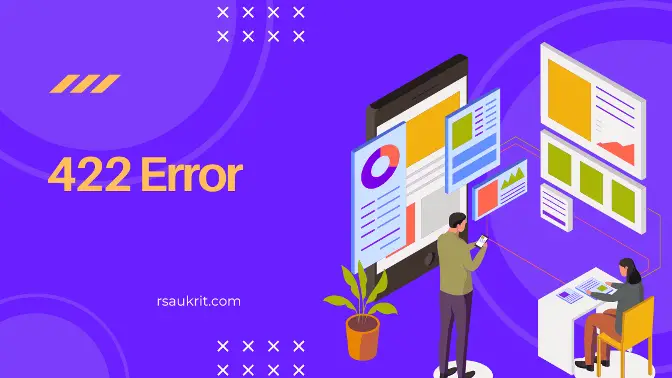
What is HTTP 422 Status Code?
The HTTP 422 Status Code, officially known as, Unprocessable Entity Error, arises when the server comprehends the content type of the request entity, but it was unable to process the contained instructions.
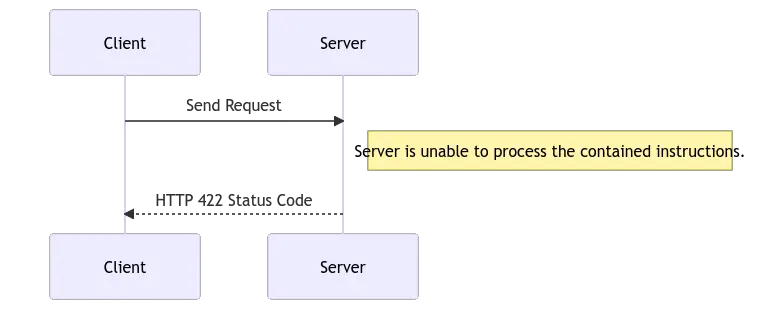
Causes of HTTP 422 Status Code
Let’s Understand the causes of the HTTP 422 Status Code. It is critical to prevent and fix.
Here are some common scenarios:
Syntax Error: Syntax errors in the request body could lead to this status code. These errors can be a result of incorrect data entry or faulty programming.
Semantic Errors: Although the syntax might be correct, semantic errors could occur if the server cannot process the request. This might happen due to incorrect data values or data types.
Validation Failures: This code can also be triggered when validation rules fail. For example, when a field required by the server is missing in the client’s request, the server might respond with a 422 Unprocessable Entity Error.
Impact of HTTP 422 Status Code on User Experience
The HTTP 422 Status Code can significantly degrade the user experience.
Frequent occurrences can cause dissatisfaction, potentially leading users to abandon your website or application.
As a result, it is essential to understand how to diagnose and correct these issues promptly.
Diagnosing HTTP 422 Status Code
When the HTTP 422 Status Code appears, it indicates that something is wrong with the request sent to the server. Therefore, the client side is often the best place to start diagnosing the issue:
Check the Request Body: Ensure the request body is correctly formatted, contains all required fields, and has valid data types and values.
Inspect Validation Rules: Examine the server-side validation rules to ensure they are accurate and not too restrictive.
Utilize Development Tools: Leverage web development tools like Postman for API testing or the browser’s developer tools for web pages to investigate the problem.
How to Fix HTTP 422 Status Code
Once the problem causing the HTTP 422 Status Code is identified, the next step is to correct it. Here’s a simple guide to help:
Correct Syntax Errors: Thoroughly review the syntax of your request body. Consider using Linters or validators to ensure syntactical correctness.
Address Semantic Issues: Ensure that the data values and types align with what the server expects.
Adjust Validation Rules: If the validation rules are too restrictive, they may need to be revised. Make sure they are not overly stringent and accurately reflect the required fields and data types.
Client-Side Error Handling: Implement effective client-side error handling to catch errors before they reach the server. This can significantly reduce the occurrence of HTTP 422 Status Code errors.
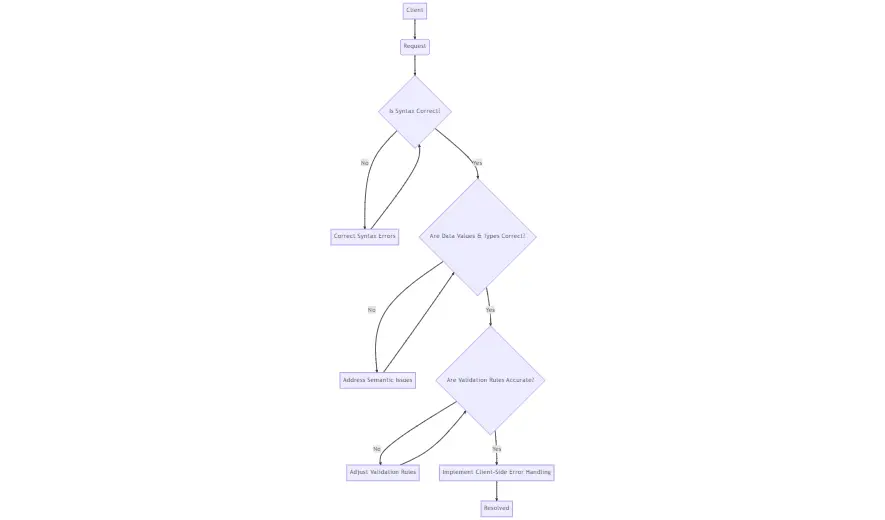
HTTP 422 Status Code and SEO
This section states that even though an HTTP 422 Status Code is technically a server-side issue, it can still affect Search Engine Optimization (SEO).
The reason for this is user experience; if users frequently encounter 422 errors on your website, it could lead them to exit the site, resulting in a higher bounce rate.
This increased bounce rate and potentially reduced site traffic can then lead to a lower ranking on search engines, thus impacting your SEO negatively.
Mitigating the Impact of HTTP 422 Errors on SEO
To prevent these errors from affecting your SEO, the article offers three primary steps:
Monitor Server Logs: Regularly checking your server logs can help you catch any 422 errors quickly. Swift identification and rectification of these errors can prevent them from recurring and affecting user experience.
Implement User-Friendly Error Messages: If a user encounters an error, a clear and helpful error message can improve their experience. It can guide the user on how to proceed, which may prevent them from leaving the site and thus reduce your bounce rate.
Regular Site Audits: Regular audits of your site can help identify issues like broken links, incorrect redirects, or coding errors that might lead to 422 errors. Fixing these issues can reduce the occurrence of these errors, improving user experience and thus your site’s SEO.
Frequently Asked Questions About HTTP 422 Status Code
The realm of HTTP status codes can sometimes be challenging to navigate. Here, we address some of the most frequently asked questions about the HTTP 422 Status Code:
- What is the Difference Between HTTP 422 and HTTP 400 Status Codes?
While both HTTP 422 and HTTP 400 status codes represent client-side errors, they are triggered by different scenarios. HTTP 400, or Bad Request, is a general response when the server cannot or will not process a request due to something perceived to be a client error. In contrast, HTTP 422 indicates that the server understands the content type of the request entity but was unable to process the contained instructions.
- How is HTTP 422 Different From HTTP 500 Status Codes?
The HTTP 500 status code indicates a server-side error, meaning that the problem is not with the request but with the server’s ability to fulfill it. On the other hand, HTTP 422, Unprocessable Entity, is a client-side error. It means the server understands the type of request but cannot process it due to issues with the request’s instructions.
- Can HTTP 422 Status Code Affect My Website’s SEO?
While HTTP 422 status code is not directly related to SEO, it can indirectly impact your site’s search engine ranking. Frequent 422 errors can lead to a poor user experience, resulting in higher bounce rates and lower traffic, which can negatively impact your website’s SEO.
Best Practices to Avoid HTTP 422 Status Code
Proactive measures can help prevent HTTP 422 errors from cropping up in the first place. Here are some best practices:
Error Prevention: Implement comprehensive error-checking mechanisms on the client side to catch issues before the request reaches the server.
Code Review: Regularly review and test your codebase to prevent syntax and semantic errors.
User Education: Provide clear instructions and feedback to the user to ensure correct data entry.
Read More–
Facebook Statistics, Social media statistics, TikTok Statistics, Google Statistics
Date of Birth Calculator, Home Loan EMI Calculator, Word Counter

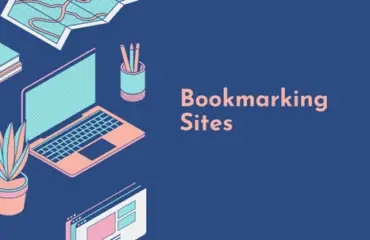

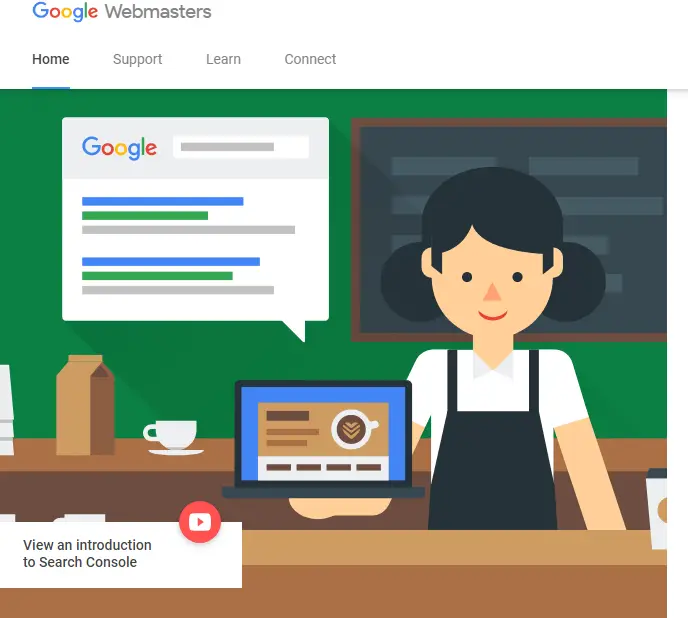
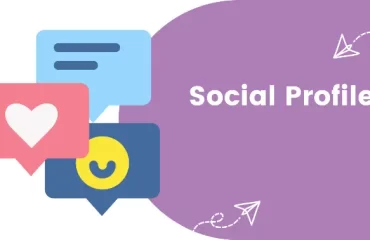


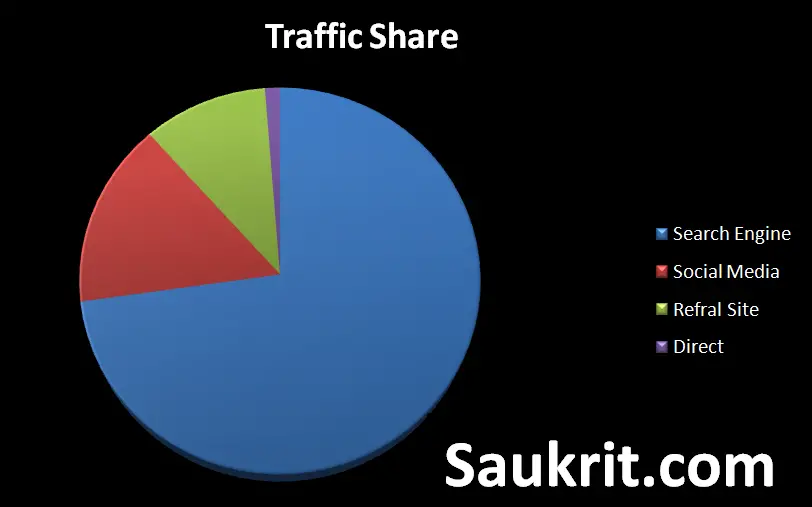
Thank you for providing this vital information. In my opinion, it’s wonderful. They have significant things to say, and I should listen to what they have to say.
Thanx Ajay
Thank you for providing this vital information. In my opinion, it’s wonderful. They have significant things to say, and I should listen to what they have to say.